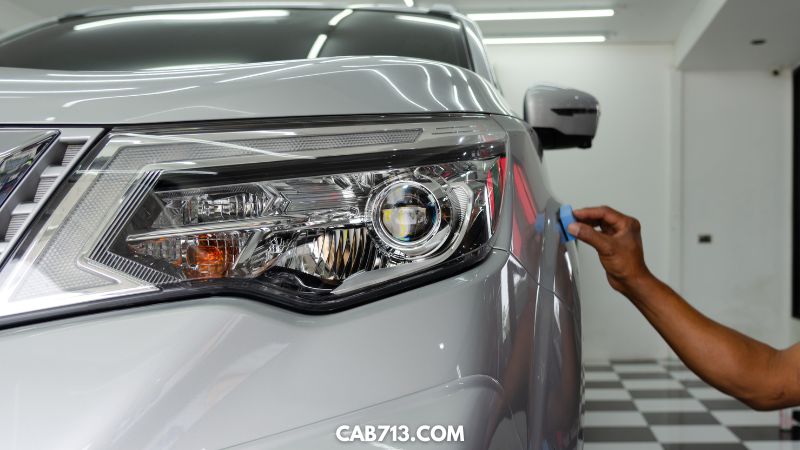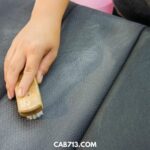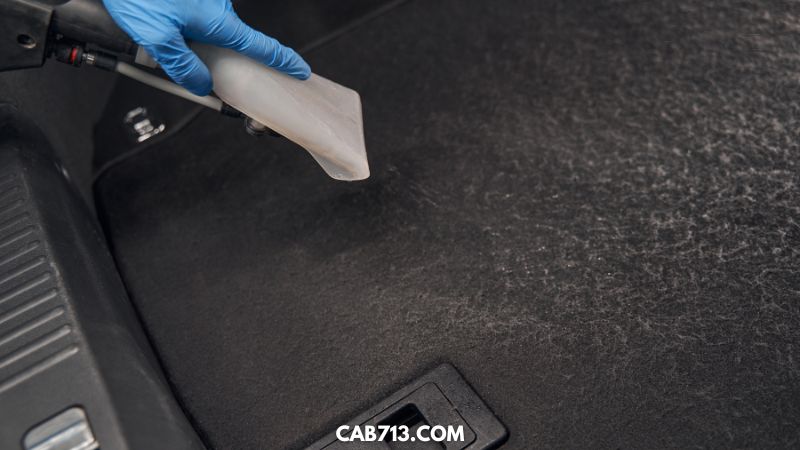Eco-friendly ceramic coatings have gained popularity as a sustainable solution in various industries, particularly in construction, automotive, and manufacturing. These coatings offer several environmental and economic benefits, making them a viable choice for businesses and individuals looking to reduce their ecological footprint. Here are some key points to consider regarding eco-friendly ceramic coatings:
- Reduced Environmental Impact: Eco-friendly ceramic coatings are typically water-based, which means they contain fewer volatile organic compounds (VOCs) and harmful chemicals compared to traditional solvent-based coatings. This reduces air pollution and minimizes the release of toxic substances into the environment.
- Energy Efficiency: The production of ceramic coatings often requires less energy compared to other coatings, further reducing their carbon footprint. Lower energy consumption contributes to reduced greenhouse gas emissions.
- Durability: Ceramic coatings are known for their durability and longevity. They can protect surfaces from weathering, corrosion, and UV damage, which can extend the lifespan of products and infrastructure. This means fewer resources are required for repairs and replacements.
- Easy Maintenance: Surfaces coated with ceramics are generally easier to clean and maintain. This can lead to water and resource savings over time, as less cleaning and maintenance are needed.
- Improved Energy Efficiency: In the automotive industry, ceramic coatings can enhance the aerodynamics of vehicles. Smoother surfaces can reduce drag, resulting in improved fuel efficiency and reduced emissions.
- Thermal Insulation: Ceramic coatings can provide thermal insulation properties, helping to reduce energy consumption for heating and cooling in buildings and vehicles. This contributes to lower energy bills and a smaller environmental impact.
- Versatility: Eco-friendly ceramic coatings can be applied to a wide range of materials, including metals, glass, ceramics, and plastics. This versatility makes them suitable for various applications.
- Recyclability: Some ceramic coatings can be recycled, further reducing waste and resource consumption. This aligns with circular economy principles and sustainability goals.
- Water Conservation: Water-based ceramic coatings typically use less water during application and cleanup compared to solvent-based alternatives. This can contribute to water conservation efforts.
- Regulatory Compliance: Many regions have implemented stricter environmental regulations, including VOC limits. Eco-friendly ceramic coatings help businesses comply with these regulations, avoiding fines and penalties.
- Green Building Certifications: In the construction industry, using eco-friendly coatings can contribute to earning green building certifications, such as LEED (Leadership in Energy and Environmental Design), which can enhance a building’s value and marketability.
- Cost Savings: While eco-friendly ceramic coatings may have a higher upfront cost, their durability, energy efficiency, and reduced maintenance requirements can lead to long-term cost savings.
In conclusion, eco-friendly ceramic coatings offer a sustainable solution for various industries by reducing environmental impact, improving energy efficiency, and providing long-lasting protection. Their versatility and compliance with environmental regulations make them a valuable choice for businesses and individuals looking to minimize their carbon footprint and contribute to a more sustainable future.

I guess you always start out as a car kid. Smokey and the Bandit, Corvette Summer, Bullitt, Ronin, etc. Throw in a massive match box car collection and add time. I’ve always been drawn to interesting cars. I’ve also always owned used cars, so detailing and some light wrenching were always on the list. My hope is that we can share some knowledge of the do’s and don’ts learned along the way. Be sure to share your own knowledge in the comments!






